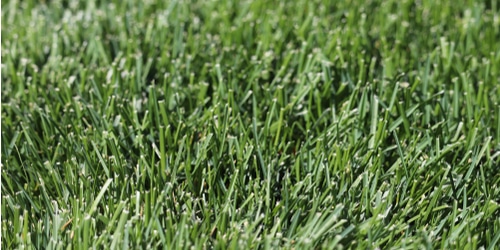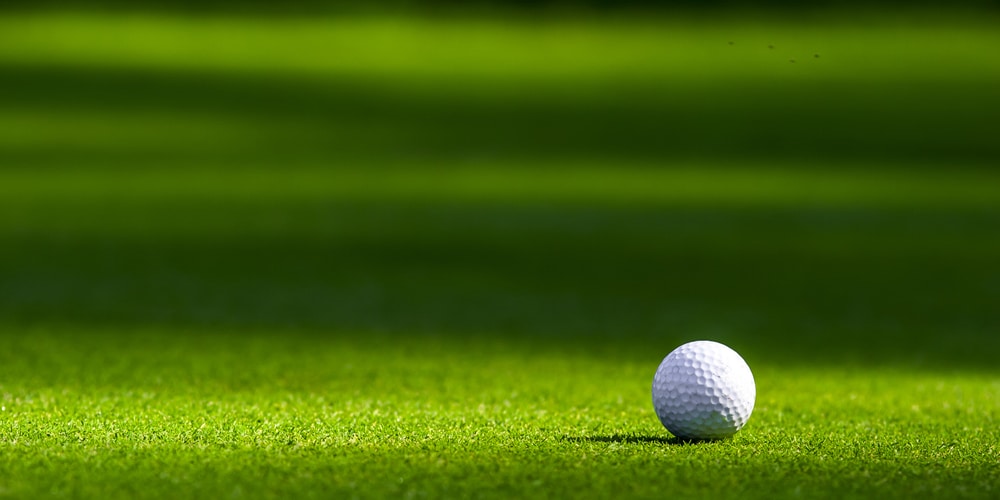Not all weeds are the same. In fact, there are many different types of weeds that vary in height, color, and texture. Two types of weeds that are most often confused with one another are Poa Trivialis and Bentgrass. While they have similarities, there are also several key differences between the two. Let’s compare poa trivialis vs bentgrass.
What is Poa Trivialis?

Poa Trivialis, also known as rough bluegrass, is a type of grassy weed that is common in lawns. It is a perennial weed, meaning it comes back every year. This weed is characterized by its light green leaves and hairy surface. It has a shallow root system and grows in clusters.
Their unsightly and uneven appearance is not the only thing that makes them problematic. They are also known to be invasive and difficult to control. Once they take over an area, they can crowd out other plants and grasses as they blanket the ground.
To make matters worse, the weed dies out during summer, leaving behind unsightly bare patches on your lawn. This can further damage your lawn and make it even more challenging to achieve a beautiful and even color.
You usually treat Poa Trivialis infestations with herbicides but doing so will also put your lawn at risk. This is because the chemicals in herbicides can also kill off your healthy grass. This trait is what makes it so annoying to deal with because you have to specifically target the weed without harming your lawn.
What is Bentgrass?
Bentgrass, on the other hand, is a type of turfgrass that is often used on golf course greens. Like with Poa Trivialis, it is also a perennial weed with a shallow root system.
They are small, tufted grass groups that form a dense mat of foliage. The blades are narrow and have a distinctive curved shape, which gives the plant its common name.
It is difficult to control because it spreads rapidly by seed. They are also tolerant of drought and poor soil conditions. As a result, they can quickly take over an area if they are not kept in check. While it is considered a weed by many people, it can also be used as ornaments. When mowed short, it forms a low-growing turf that is often used on golf course greens.
Dealing with them requires a special approach because of their ability to spread quickly. You will need to be careful when using herbicides as they can also harm your other plants and beneficial insects such as ladybugs and bees.
Bentgrass is also used in some landscaping applications like rock gardens. In most cases, however, it is considered an unwelcome intruder. It shares the same downsides with Poa Trivialis, leaving behind ugly, brown patches when they die out in summer.
How to Tell Them Apart
While they may sound and look similar, there are several key ways to tell Poa Trivialis and Bentgrass apart.
One way to differentiate them is by looking at the leaves. Poa Trivialis leaves are light green and hairy in appearance, while Bentgrass leaves are dark green and smooth.
Poa Trivialis forms clusters of leaves, having a fuller appearance. At the same time, Bentgrass tends to grow in a more spread out and tufted manner. They both love being in cool and shady locations, but Bentgrass will spread and invade your lawn more rapidly.
While Bentgrass can be used for other purposes like landscaping and golf turf, but it is often considered a weed. Poa Trivialis, on the other hand, is only a weed. It has no redeeming qualities and only causes problems for gardeners and homeowners.
Final Thoughts
Poa Trivialis and Bentgrass are often confused with one another because they share many similarities. They are both common weeds that are difficult to control, have shallow root systems, and die out in summer, leaving bare patches on the lawn.
Poa Trivialis is more often than not considered a weed because it is ugly, difficult to control, and doesn’t have any other uses. Bentgrass, while also a weed, can be used for landscaping or as a golf turf.
Dealing with them can be tricky, but the best way to get rid of them is either by removing them by hand or using a herbicide that specifically targets them. Using herbicides risks damaging your lawn, so it is best used as a last resort.

